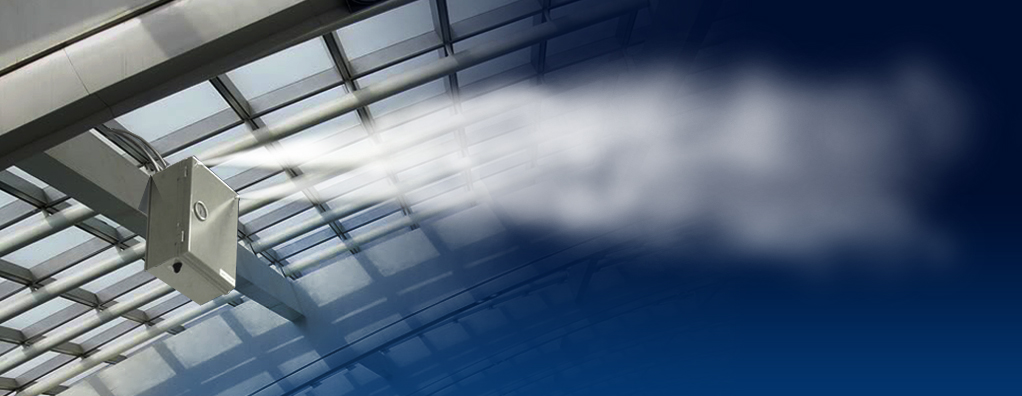Better Than The Best? Exceeding Humidity Standards for Optimal Patient Care
In 2013, the Center for Medicaid and Medicare Systems mandated a 20% humidity requirement. However, the American Society for Healthcare Engineering (ASHE) and the Association for Healthcare Resource & Materials Management (AHRMM) emphasize challenges for hospitals using equipment designed for operating rooms with 30% humidity. Other studies warn that new minimum relative humidity requirements are expected to lead to more medical device failures.
Amid changing regulations, self-evaporative humidification consistently exceeds the highest standards. From waiting rooms to intensive care units, this technology ensures successful procedures and post-op healing. When facilities transform humidity with self-evaporative technology, they transform medical safety and health outcomes.
Preventing the Dangers of ESD in Healthcare
There’s always a chance something will go wrong during medical procedures, but when humidity levels fall below 40% RH or fluctuate, that chance increases significantly. Electrostatic discharge (ESD) in hospitals may be the life or death of a patient if equipment malfunctions.
In a hospital environment, ESD can occur between equipment or upon human contact, even if the voltage isn’t felt. Humidifying the air allows charges to disperse as well as spread the charges on contact with medical machinery. Without humidity, ESD can make things go really wrong, really fast.
Self-evaporative humidification is engineered to keep all Relative Humidity fluctuations within 1-2%, regardless of room size. This gives hospitals and clinics tighter control over their rooms compared to most humidification systems, which allow fluctuations as high as 10%, even under the “precision control” umbrella.
Protecting and Promoting Patient Health
Dry air pulls moisture from the body, which is not only uncomfortable but dangerous for patients. When humidity is below 30%, patients can suffer from an irritable throat, eyes, skin, as well as a higher frequency of infections. Research shows that maintaining indoor Relative Humidity levels above 40% was associated with a lower infection rate, and the ideal zone of indoor humidity for the best patient outcomes was found to be RH 40%-60%.
Self-evaporative technology achieves this with a caveat: it never wets. The technology reverses the molecular attractions of water molecules, allowing droplets to saturate and fill any space without wetting. As a result, self-evaporative humidity allows for optimal RH—never too wet or too dry—ultimately sustaining the conditions patients need to heal and be well.
Preserving Time and Well-being with Dependable Disinfection
From surgical centers to waiting rooms, it is imperative, and often time-consuming, to keep hospitals and clinics clean. Pairing humidification systems with disinfecting chemicals can automate some of the process, but if humidity doesn’t guarantee 100% thorough coverage of each surface or evaporate completely, medical staff are left to take care of the rest.
For a facility that’s short-staffed, this is a problem. Without dependable disinfection, medical staff use more of their precious time and are more likely to contract illnesses, losing more time to sick days. Self-evaporative humidification meets the highest hygiene standards to ensure the health and time of medical staff and patients are preserved.
Using any water-soluble disinfecting chemical, any Smart Fog systems can combine to let self-evaporative humidification do the rest. Since self-evaporative droplets saturate even hard-to-reach areas completely and evaporate without a trace, the disinfection process is dependable and hassle-free. Facilities can even automate the disinfection process to ensure complete chemical disinfection during off-times, saving facility staff additional time.
Key Takeaways
Self-evaporative humidification technology goes above and beyond healthcare humidity regulations to ensure successful procedures and post-op healing. Ultimately, transforming attractions between humidity droplets using self-evaporative technology transforms outcomes for both patients and staff.





